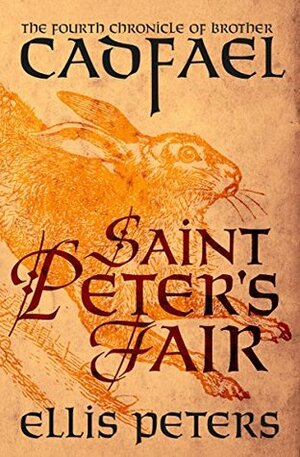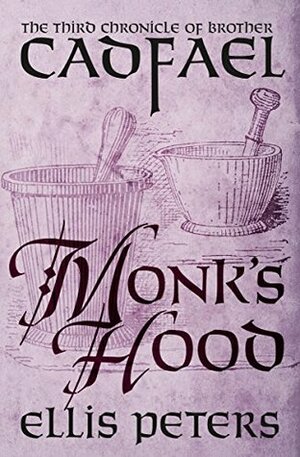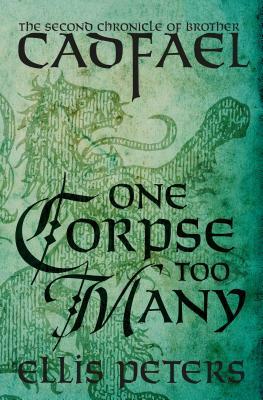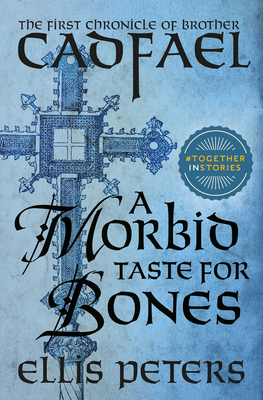Happy New Year, everyone! Wishing you all the best in 2026!
Saint Peter’s Fair is the fourth book in Ellis Peters’ Cadfael series. Only a year has elapsed since the beginning of the series, so it is the summer of 1139. The town of Shrewsbury is preparing for a big event, St. Peter’s Fair, that draws merchants from all over England and parts of Europe.
The proceeds of the fees for the fair traditionally go to the monastery. But this year a group of guild members appeal to the new abbot, Radulfus, that the abbey withhold a percentage of the fees to give to the town, which is still badly damaged from the siege by King Stephen the year before. Abbot Radulfus, who is worried about infringing on the abbey’s rights, declines.
Later, the guild members’ sons, led by Philip Corviser, ask the merchants if they will withhold a portion of the fees to give to the town. Of course, they decline. Philip approaches the wealthiest merchant to make a point and gets bashed on the head by accident. The boys riot and throw goods into the water. Thomas of Bristol’s beautiful young niece, Emma, almost gets knocked into the water, but she is rescued by the handsome young noble, Ivo Corbière.
That night, Thomas does not return from setting up his booth. Emma goes to the undersheriff, Cadfael’s friend Hugh Beringer, because she is alarmed. Thomas is found dead in the river, stripped bare.
Since Philip Corviser went out and got drunk after the tiff with Thomas, he can’t account for his time. So, the sheriff arrests him. But it’s not too much longer before another merchant, a glover, is found murdered in his booth.
Abbot Radulfus has asked Cadfael to report back to him on the situation, but of course Cadfael takes a more active part.
Recently another blogger told me that she had quit reading the Cadfael series because it got so involved with the political situation. But so far that hasn’t bothered me, although sometimes I don’t like it when mysteries become more to do with espionage. Again, I was fairly certain of the murderer from the start, and I was right, but I’m finding the history and the characters interesting.










